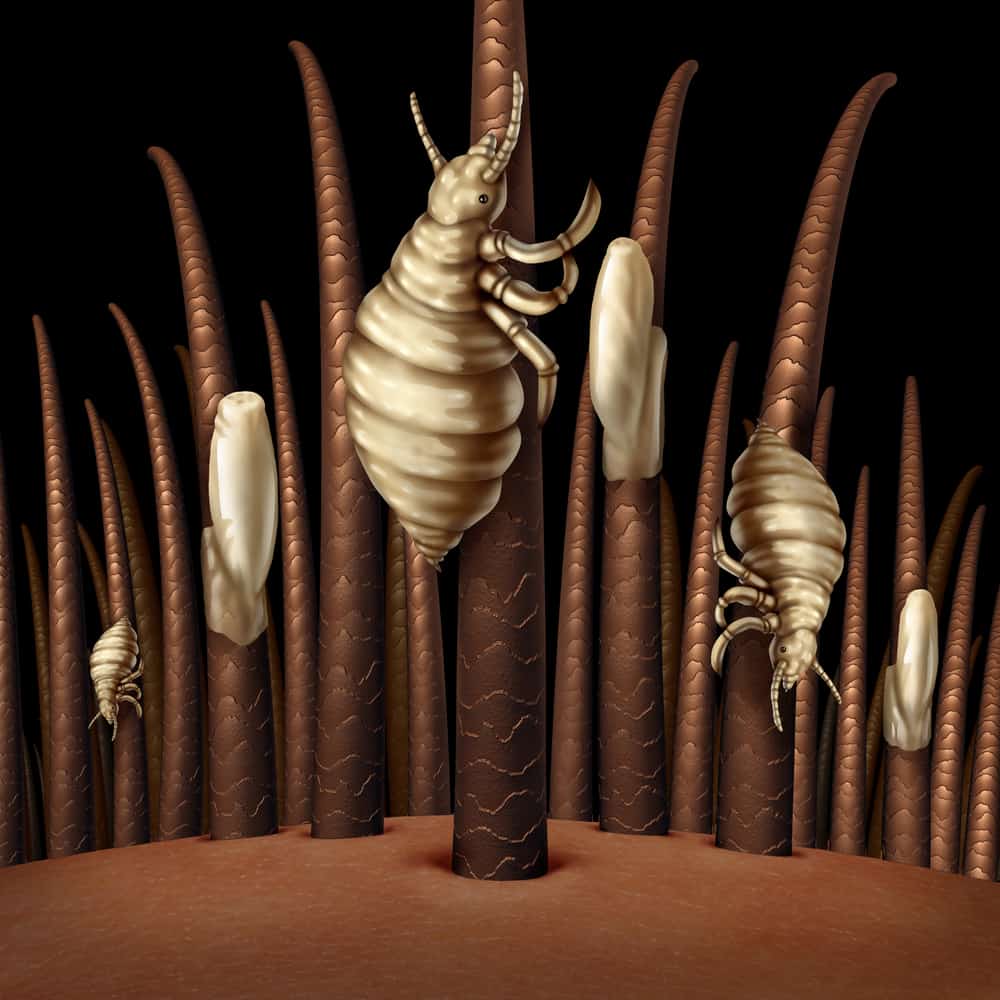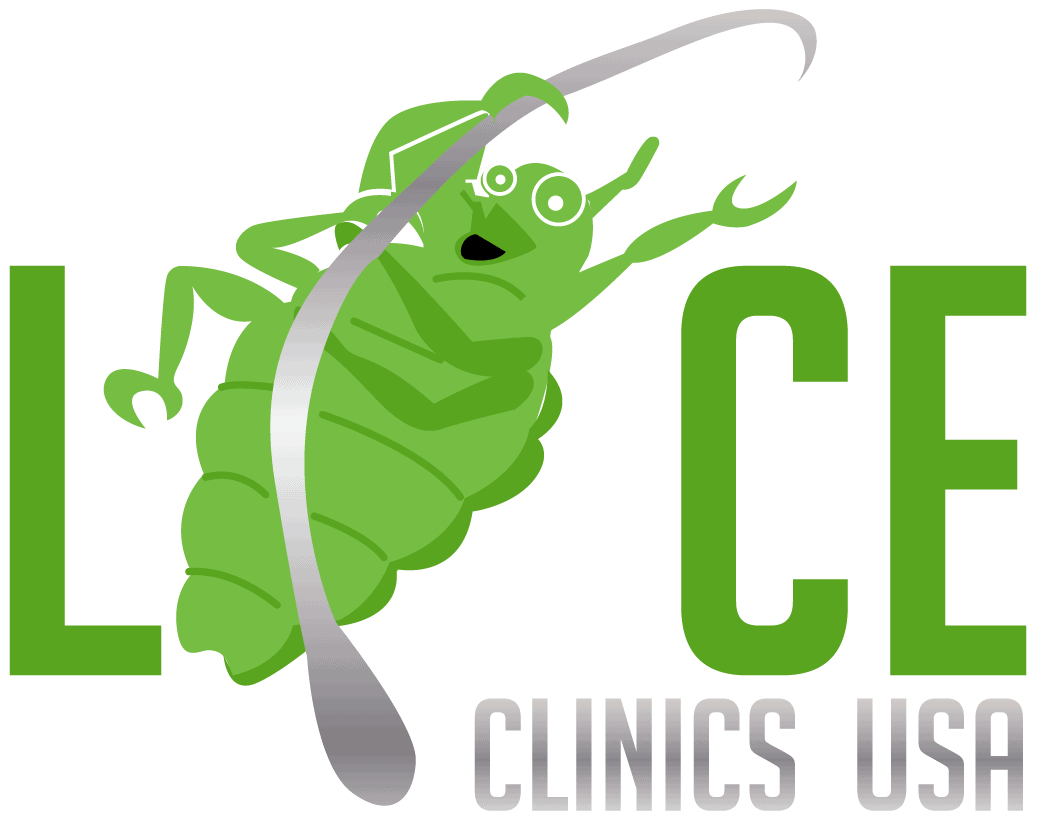What is Life Like for a Louse?

When trying to understand the best method of eliminating head lice, it can be beneficial to understand the life cycle of head lice and how they grow. Many products claim to kill head lice, but in fact, do nothing to prevent the eggs from hatching. As you come to understand the life cycle process of head lice, you realize that if the eggs AND lice are not killed you will have a whole new batch of head lice to worry about every 7-9 days.
The Life Cycle of Head Lice
Stage 1 – Nit
Lice eggs are called nits. Nits are laid by females as close to the scalp as possible to give them the warmth and moisture needed to sustain life. Eggs are yellow-white in color and approximately 0.8mm by 0.3mm in size. It can be helpful to look for nits using a magnifying glass as they can often be disguised as dandruff or hair product residue. A quick way to tell between the two is to see if the white speck is easily shaken off. Females lay their eggs securely in place with a sticky secretion that keeps them upright and attached to a single hair strand. Dandruff or residue will easily flake off, unlike a nit. In 7-9 days the cozy eggs will hatch if they have stayed in their stable environment on the host head.
Stage 2 – Nymphs
When an egg hatches, a nymph emerges. Nymphs are smaller versions of adult lice that will molt three separate times until they finally reach adulthood. This process takes a week to complete. While they are busy growing, nymphs maneuver from hair strand to hair strand using the claws they have on the end of each of their six legs. They must feed off their host 6 times per day to stay alive. If head lice are removed from their food source, they will die within 1-2 days. A hatched egg casing will stay attached to it’s supporting hair strand. They turn whiter in color and the casing will not disintegrate for at least 6 months.
Stage 3 – An Adult Louse
The complete life cycle of head lice lasts 30 days from the egg being laid to death. Once an adult reaches maturity it stays busy reproducing and finding food. Adults measure 2.5-3 mm in length and are about as wide as a sesame seed. They may appear tannish in color, yet actually grow more red as they feed on human blood. Male lice seek copulation with female lice a mere 10 hours after the adult phase is reached. Once she is ready to lay her eggs she can lay 5-8 per day, every day for the rest of her life. This is why killing only the adult lice on a host is not an effective way to eliminate them. Hundreds of eggs could be incubating, waiting to hatch. Once they do, the life cycle begins to repeat itself and a whole new population of head lice is reproduced.
Things to Know-
- The Centers for Disease Control and Prevention indicate that 6-12 million children will fall victim to head lice every year in the United States.
- The most common age group for infestation is children between the ages of 3-11.
- Are there any other factors in who catches head lice? Children who live with multiple siblings are more prone to head lice. Especially those that share beds or closets. African American children are much less likely to contract head lice as their hair follicles are not easily grasped by their claws. Female children are also up to 4 times more likely to carry head lice.
- The AirAllé® device is the only FDA approved medical treatment that proves over 99% effective in killing head lice AND their eggs.
